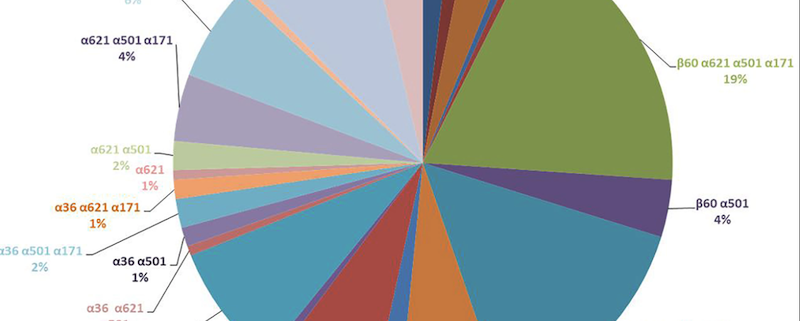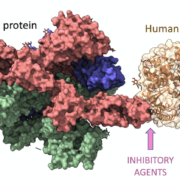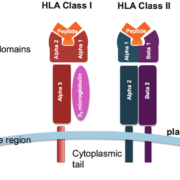HLA Typing: Disease States Associated with HLA-DRB1/3/4/5 Genes
This blog post presents an overview of the disease states associated with variations in the human leukocyte antigen (HLA) DRB1, DRB3, DRB4, and DRB5 genes. We will discuss the importance of HLA typing in the context of these diseases, the various techniques employed, and the potential impact on diagnosis and treatment.
Introduction to HLA-DRB1/3/4/5 Gene Variants
HLA typing, a critical process in understanding the complexities of the immune system, plays a significant role in transplantation, disease association studies, and vaccine development. The HLA-DRB1/3/4/5 genes encode proteins responsible for presenting foreign antigens to the immune system. A range of disease states associate with these gene variants, making HLA typing crucial for accurate diagnosis and treatment.
Rheumatoid Arthritis and HLA-DRB1 Gene Variants
Rheumatoid arthritis (RA), an autoimmune disease characterized by inflammation and destruction of joints, has a strong association with HLA-DRB1 gene variants. The shared epitope hypothesis posits that specific HLA-DRB1 alleles are more susceptible to RA. HLA typing helps identify individuals with higher risk and informs therapeutic strategies.
Multiple Sclerosis and HLA-DRB1 Variants
Multiple sclerosis (MS), a chronic autoimmune disorder affecting the central nervous system, is linked to HLA-DRB1 gene variations. HLA typing has revealed a strong association between HLA-DRB1*15:01 and increased MS risk, offering insights into the disease’s pathogenesis and the development of targeted therapies.
Celiac Disease and HLA-DRB1, HLA-DQA1, and HLA-DQB1 Gene Variants
Celiac disease, an autoimmune disorder triggered by gluten ingestion, is strongly associated with specific HLA-DRB1, HLA-DQA1, and HLA-DQB1 gene variants. HLA typing identifies individuals carrying these susceptibility alleles, providing critical information for diagnosis and treatment.
Type 1 Diabetes and HLA-DRB1 Variants
Type 1 diabetes (T1D) results from autoimmune destruction of insulin-producing pancreatic beta cells. HLA typing has identified HLA-DRB1 as a significant contributor to T1D risk, with certain alleles posing a higher susceptibility to the disease. This information is vital for early detection and potential preventive measures.
Narcolepsy and HLA-DRB1*15:01 Variant
Narcolepsy, a neurological sleep disorder, is associated with the HLA-DRB1*15:01 variant. HLA typing helps identify individuals at risk, facilitating early diagnosis and intervention.
Sjögren’s Syndrome and HLA-DRB1 Variants
Sjögren’s syndrome, an autoimmune disorder affecting exocrine glands, is linked to specific HLA-DRB1 variants. HLA typing is critical for determining susceptibility and guiding treatment options.
HLA Typing Techniques
Several techniques are employed in HLA typing, including sequence-specific oligonucleotide probing, sequence-specific priming, and next-generation sequencing. These methods vary in accuracy, cost, and turnaround time, with newer technologies offering improved resolution and efficiency.
Implications for Diagnosis and Treatment
Understanding HLA-DRB1/3/4/5 gene variants’ role in disease susceptibility through HLA typing enables more accurate diagnosis and targeted treatment strategies. This knowledge has the potential to improve patient outcomes and facilitate personalized medicine approaches.
Conclusion
In conclusion, HLA typing is essential for understanding the complex relationship between HLA-DRB1/3/4/5 gene variants and various disease states. By identifying individuals at risk for autoimmune disorders and other conditions associated with these gene variants, HLA typing can lead to more accurate diagnoses and targeted treatments. As technology continues to advance, HLA typing techniques are expected to become even more efficient and precise, further enhancing their clinical utility and the potential for personalized medicine.







 The Sequencing Center
The Sequencing Center

Leave a Reply
Want to join the discussion?Feel free to contribute!